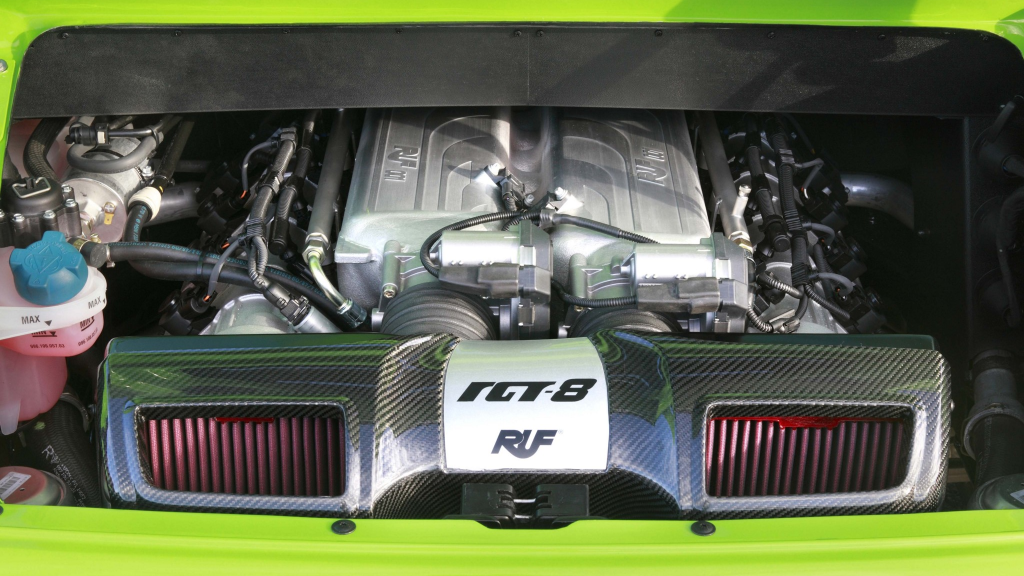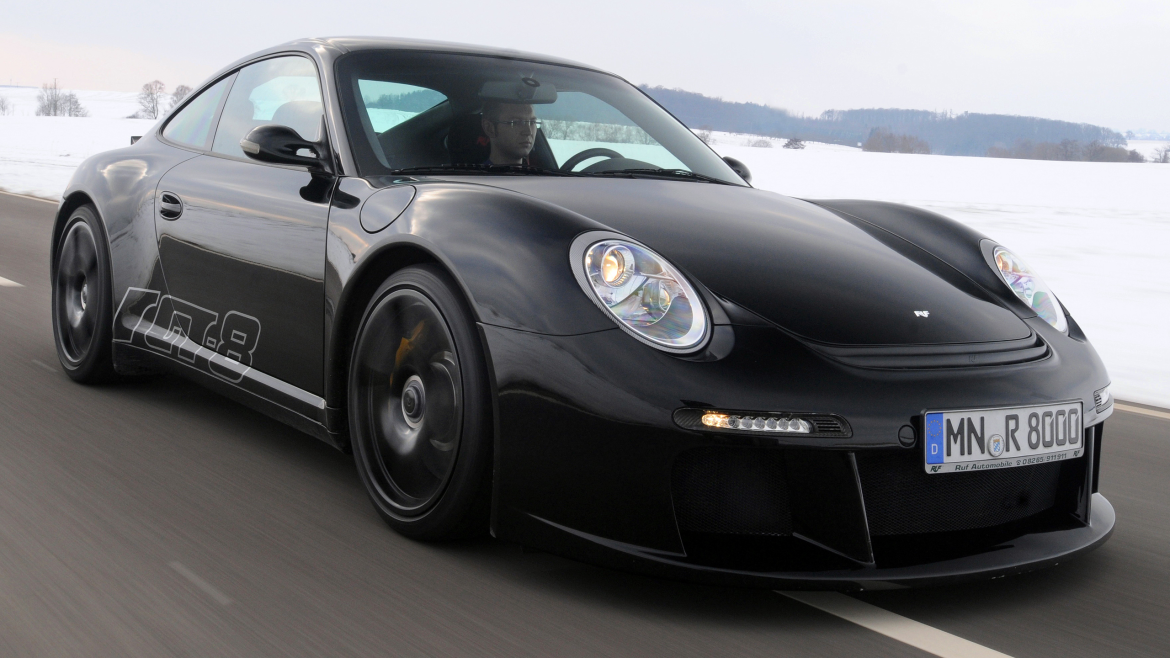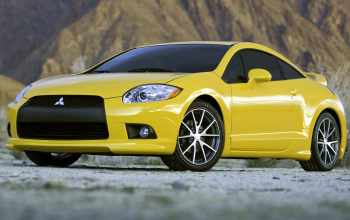The different one of the family with a bigger and a wilder heart.
In our new edition of Raving Rarities segment, we have one of the most unique and fierce 911’s ever made, the 2011 RUF RGT-8. As we all know, at least thousands of models were made based on the Porsche 911 chassis. You have the Rinspeed special editions, the Gemballa Avalanche, those with massive and wild looking body kits with hundreds of turbochargers slapped to them. None, however, could reach this amount of engineering excellence cramped into them. Based on the 997.2 chassis of the 911 Carrera, the RGT-8 stood out from the rest of the lineup with its flat-plane 4.5-liter V8 fully created and developed by RUF specifically for this model. It’s still the only V8-powered 911 ever made so far, and seeing how internal combustion engines are slowly dissolving, it will probably remain sole for many years to come.

Before the RGT-8 introduced, RUF produced the 997.1-based RGT’s from 2005 to 2011, which were equipped with RUF-tuned 3.8-liter flat-6 engines producing 445 HP. Those models were already rocket ships on their own, reaching 60 mph in just 4.1 seconds and to a top speed of 317 km/h (197 mph), almost joining the 200 mph club. But you know RUF. They are Porsche’s hyperactive cousin that would dare to do what Porsche would hesitate. Perhaps that is why they decided to equip the successor model with a V8 engine instead of the proven Flat-6. But they do have a point, it’s not done before, and who knows what could go right or wrong?
Now, we should remember what the 911 is; a rear-engined car, which still boggles most people today. The car enthusiasts embraced it, but there were always questions whether a rear-engine layout actually makes sense. Porsche persevered and has showed us that it makes more sense than what their puny rivals think. But the silver lining is that they used Flat-6 engines since the dawn of time and stuck with it. In fact, the only revolution for its powertrain was the introduction of turbocharging with the 993 Turbo model. What RUF did with the RGT-8 is simple: think outside the box and try new possibilities.

You can see the 4.5-liter, naturally-aspirated DOHC V8 in the RGT-8 above. As you can see, the engine is not any bigger than Porsche’s standard flat-6 engine and fits in like a glove. That’s because RUF used flat-plane crank to save weight and reduce the size. Like Porsche, they persevered with the idea, and the result is nothing short of a glory. The 4.5L V8 mated to a 6-speed manual transmission produced 542 HP and 498 NM, and the new RGT-8 could reach 323 km/h (201 mph), breaking the 200 mph barrier and joining the club of speed and prestige. The simplistic 6-speed manual transmission also made it blissful to drive and experience. Furthermore, it could get to 60 mph in just 3.4 seconds, making it one of the quickest cars of 2011. It was also the most powerful production 911 of its time, as the Porsche equivalent 997.2 Turbo S produced 523 HP. The RGT-8 produces more power without any turbochargers, making it an engineering masterpiece that still stands today.

While the V8-powered RGT-8 was a success, the shift from Flat-6 to a V8 powertrain was way too radical for even RUF to dare, and besides that, developing a whole new powertrain instead of using the already proven Flat-6 engines would cost RUF way more than they could chew. I guess there is a reason why Porsche stuck with the Flat-6 engines thus far instead of attempting to move to V8 engines. This is why RUF decided to step back from this wild V8 idea and bring the Flat-6 back on the 991-generation RGT, tuning up its engine and increasing the size to 4.2 liters. Besides, 911 enthusiasts are a bit… purist, or conservative, to say the least, and they much prefer the Flat-6 engine as it is pretty much an indispensable part of a 911, a recipe that should not be changed. I guess it’s either old habits die hard, or nothing beats what’s been proven and established. Either way, the RGT-8 was one of the successful experiments in motoring, and we should be glad RUF attempted to give us a V8-powered 911 and prove that it could work. It might be no more, but should be recognized more as one of the unique members of the vast and ever-expanding Porsche 911 family.




